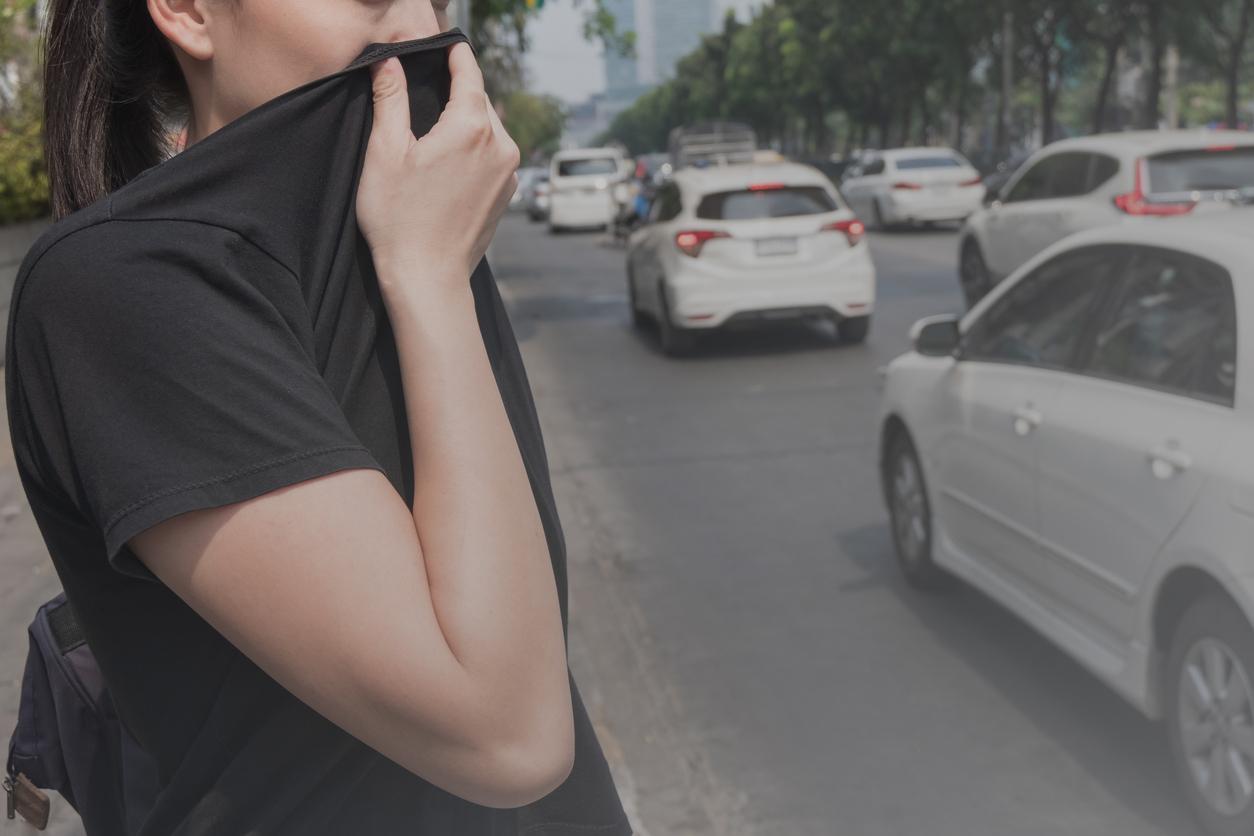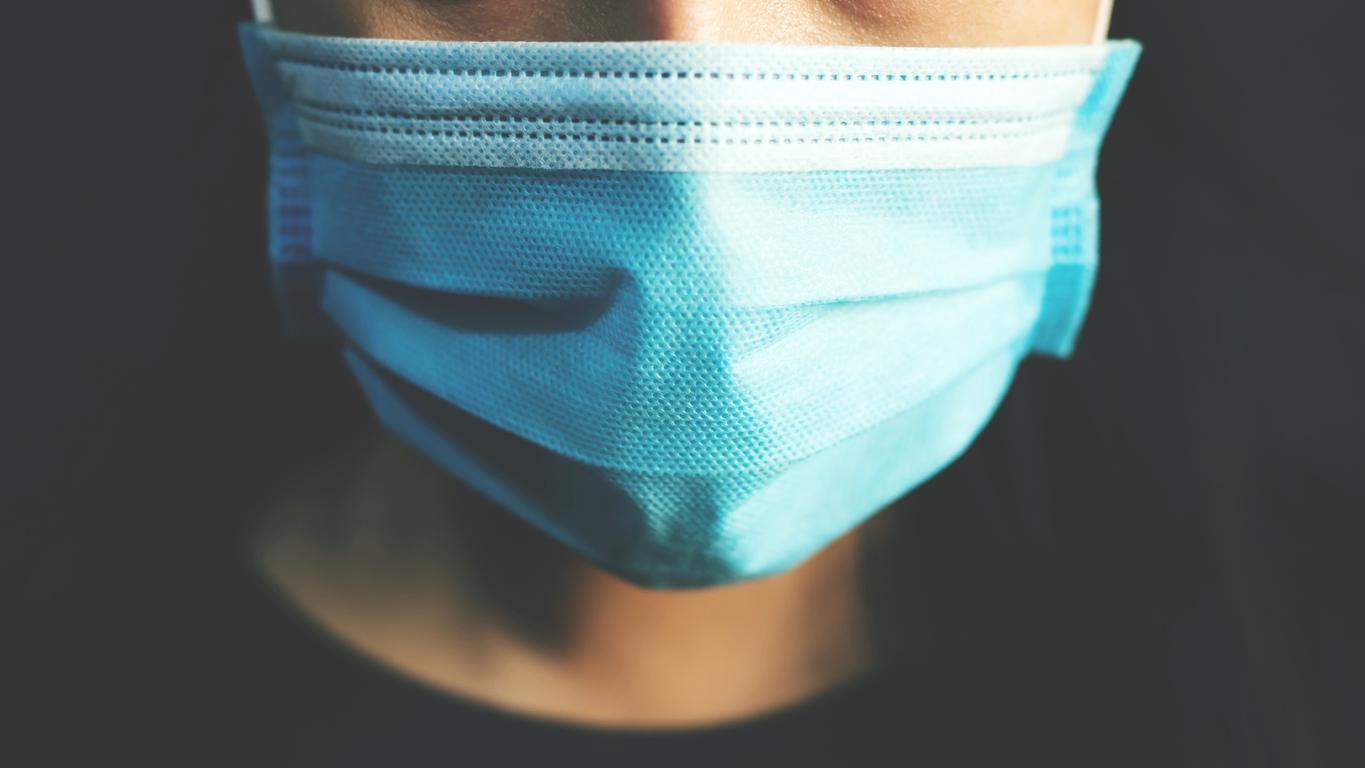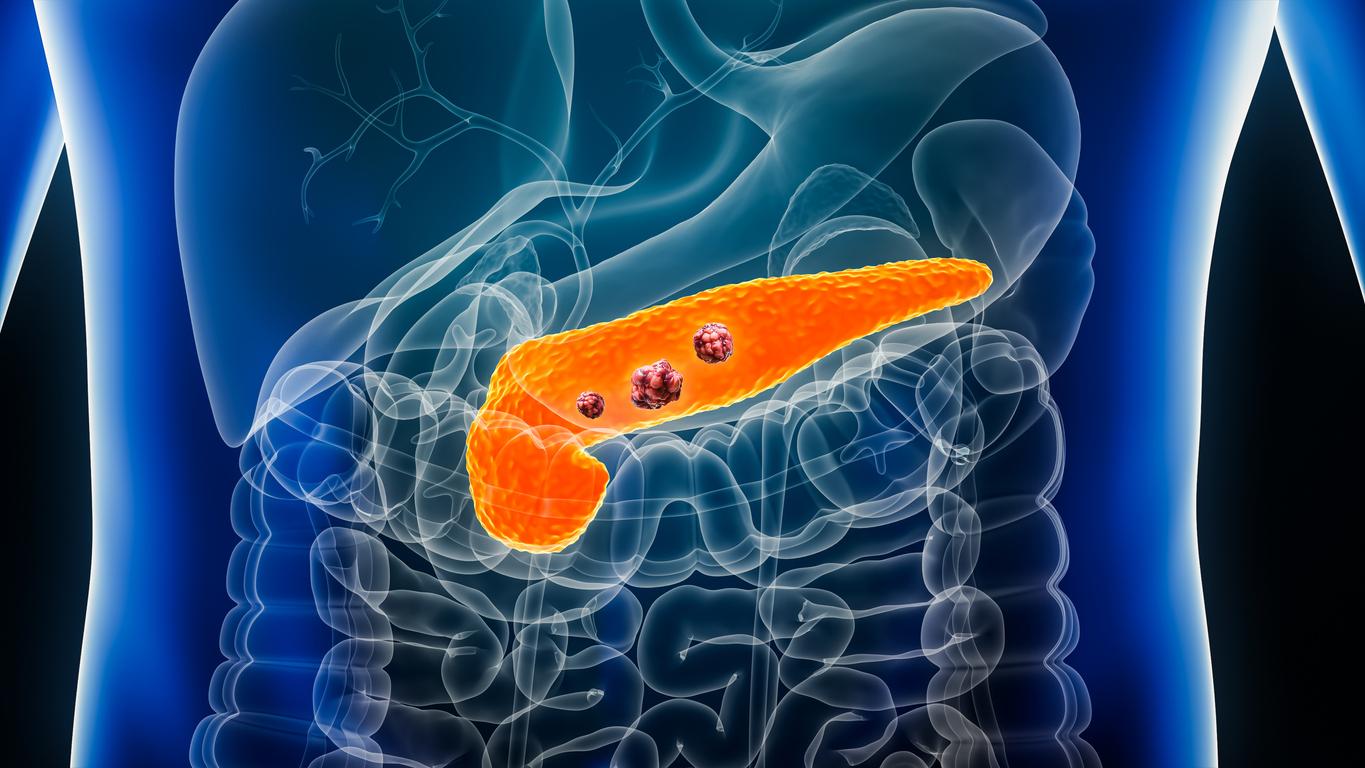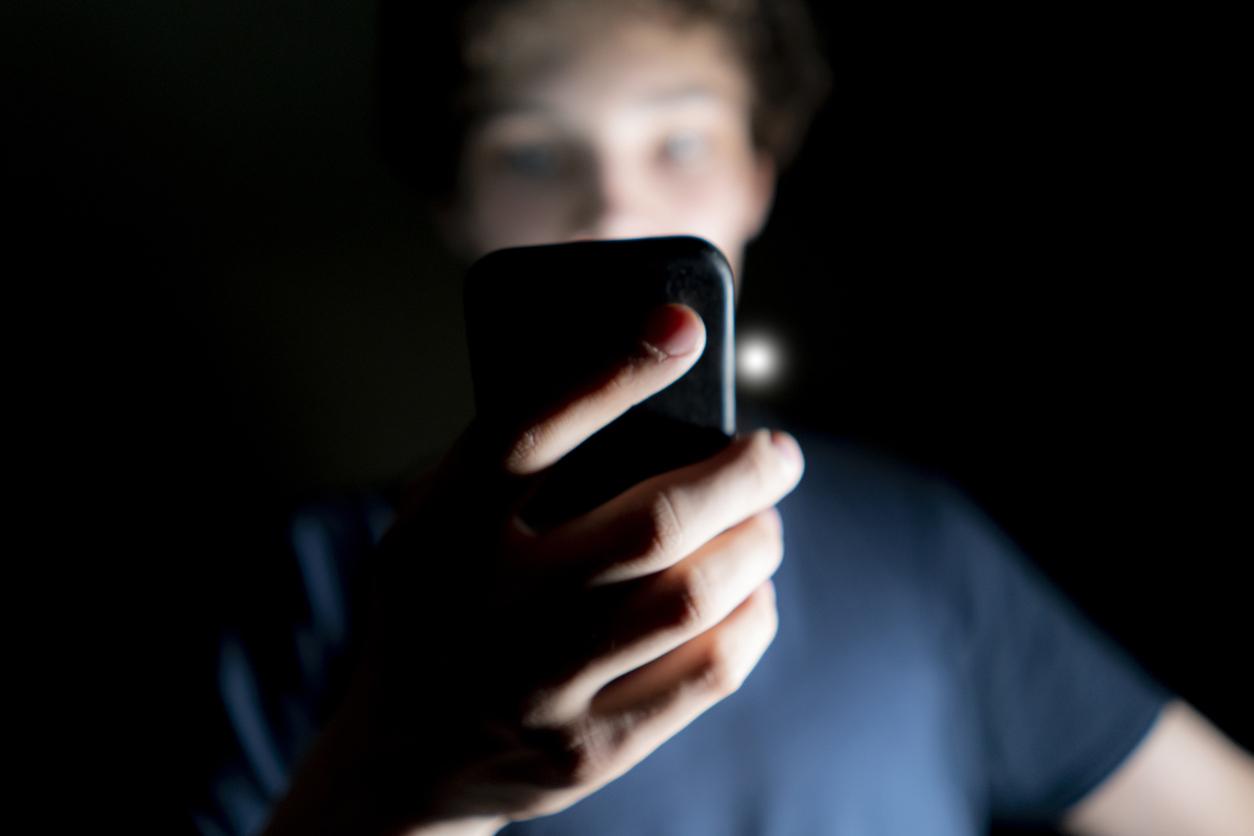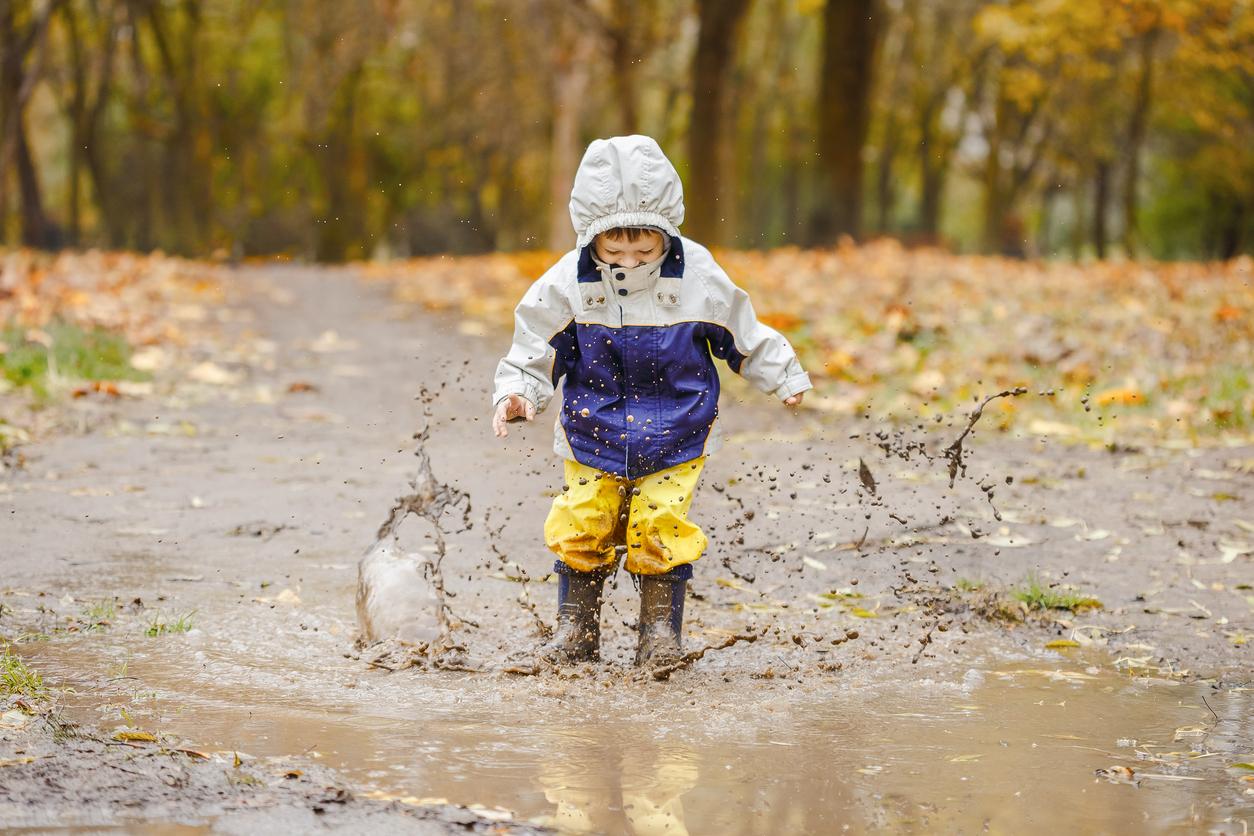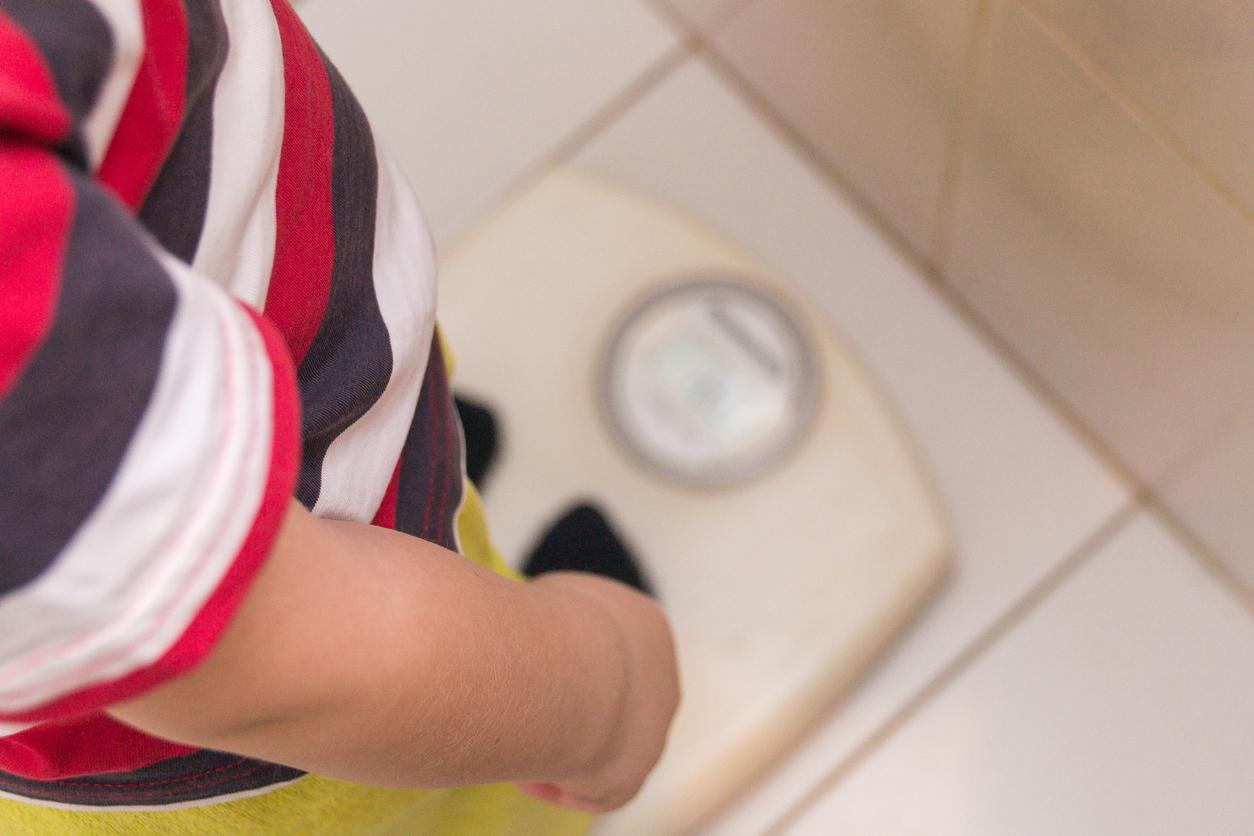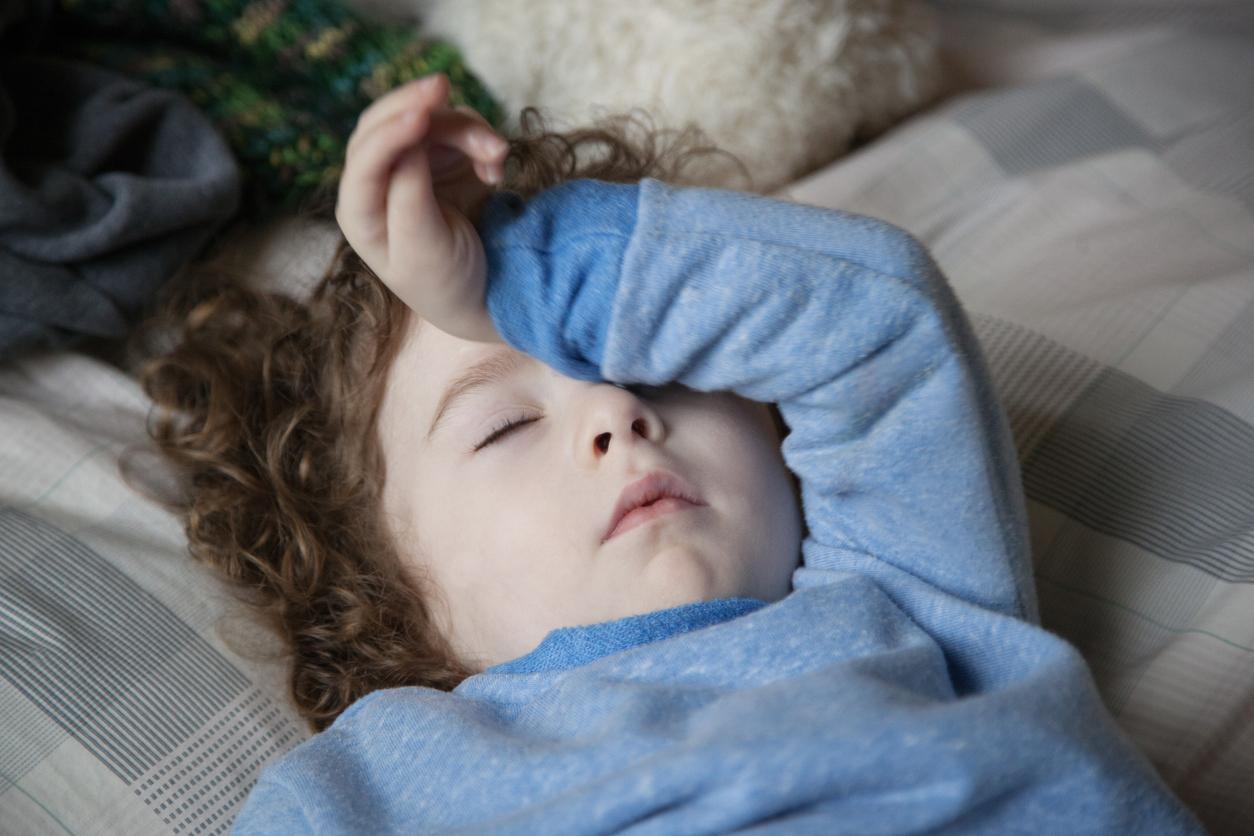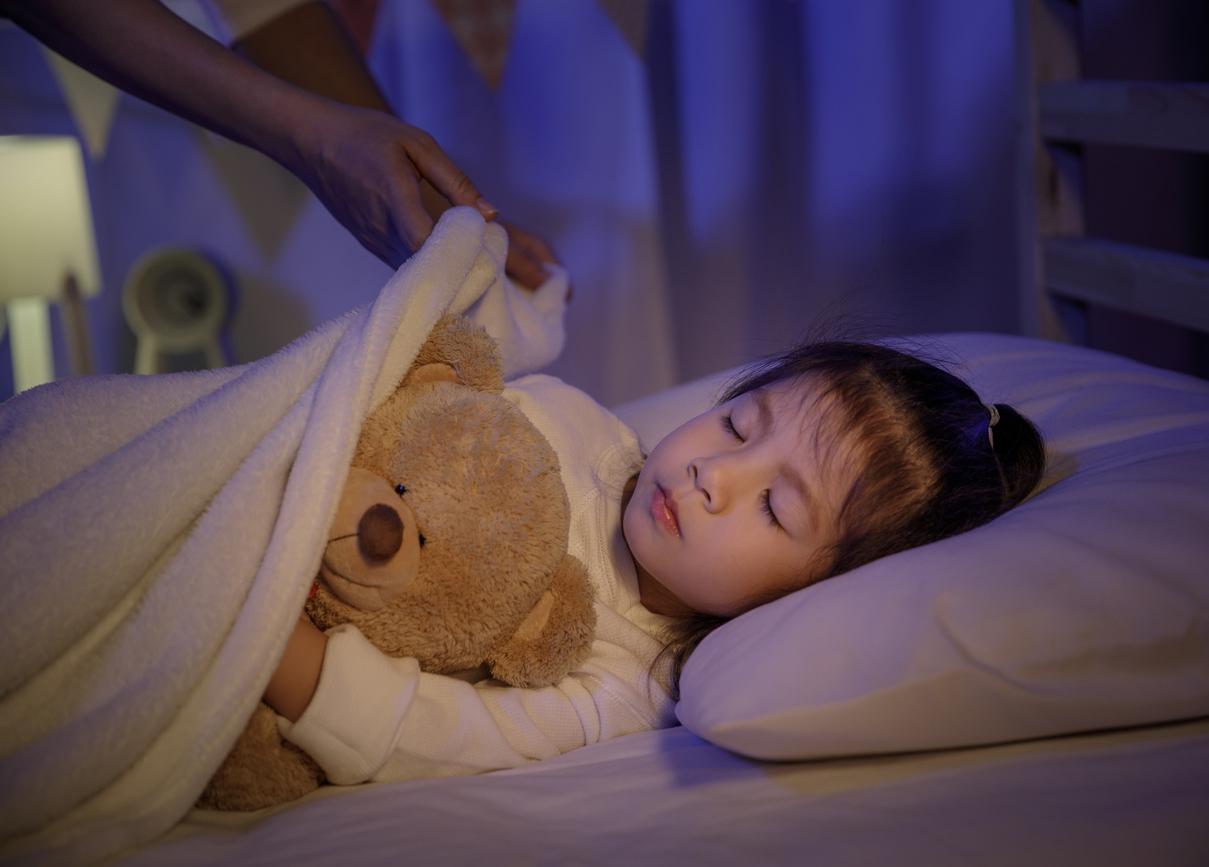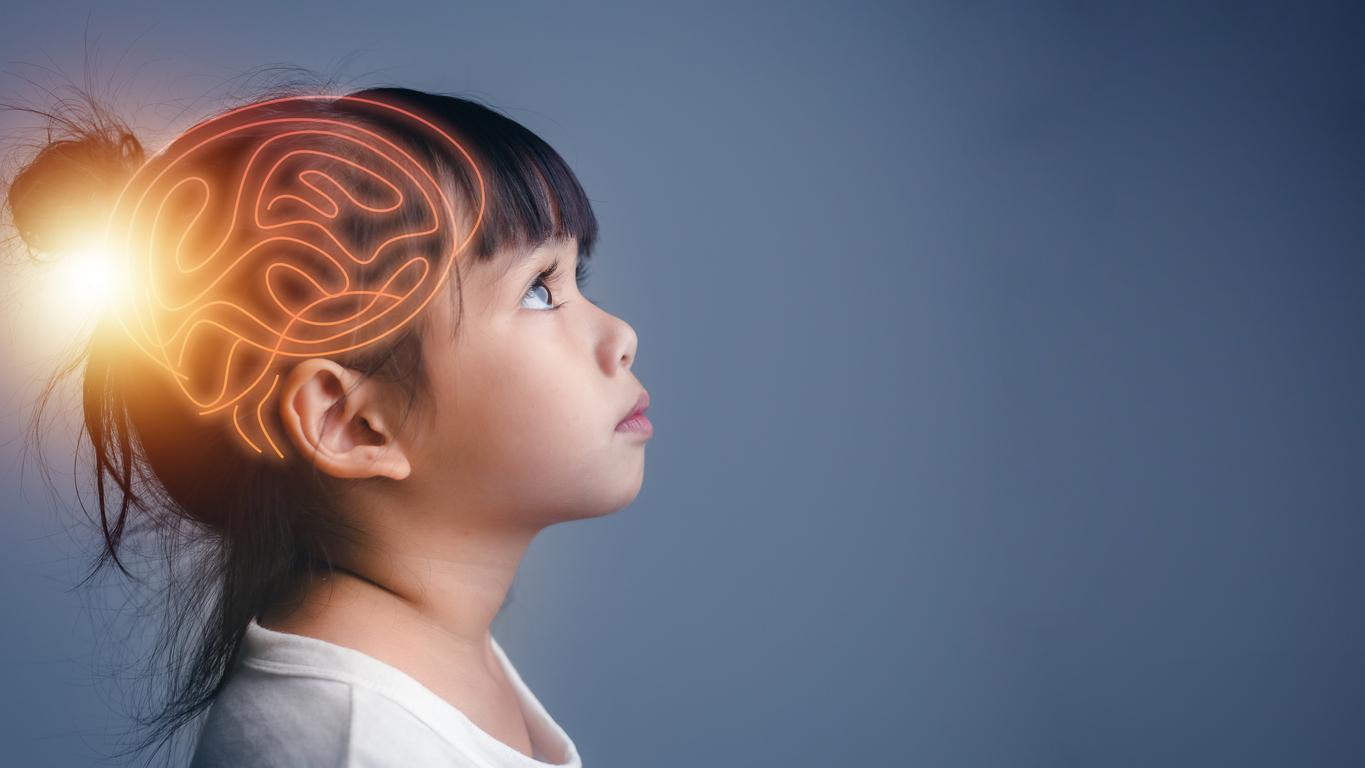UNICEF France, the United Nations organization dealing with children, conducted a large-scale study of 22,500 children and adolescents (aged 6 to 18) in 73 cities, in order to understand and analyze their feelings and their perception of their rights in everyday life, at school, in their neighborhood and in their family.
According to this study, 17% of children are in a worrying situation of social exclusion and 7% of them are in a situation of extreme exclusion. The children interviewed answered 133 questions focusing on their rights, daily life, education and recreation and health. From the results, the UNICEF experts established a social indicator for French children.
Children accumulate inequalities
The conclusions of the survey reveal that there is a very strong correlation between the level of social integration and living conditions such as the possibility of eating properly every day, the living environment and access to health and care. And more serious still, the level of deprivation is also correlated with the feeling of con? Dence in the entourage. Children who live in precariousness have more difficulty in school and in their families, and have very little confidence in adults. They are less well cared for, more marginalized in their neighborhood and feel in an unsafe universe.
55% of children say “being bullied by other children or young people“, 5% do not eat three meals a day, and only 10% say that their rights are respected in the neighborhood or town where they live.
“Our rich society, wishing to be egalitarian and fraternal, leaves out a large shadow of fellow citizens. I say leave aside, because that is the feeling given by reading this study. »Explains Catherine Dolto. “At the margin they are born, at the margin they will remain. », Indignant Catherine Dolto.
Unicef recalls that “France is one of the OECD countries which spends the most on its children, its social protection and its education system; however, these policies fail to effectively combat the consequences of poverty. and to stop the vicious circle of exclusion “, and concludes that” the child and the adolescent must be at the center of all public policies, in the most transversal way possible, and the primary mission of these public policies should be to protect the most vulnerable “.



